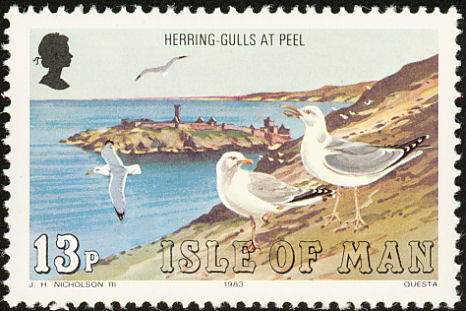
Stamp Issued in 1956 (part of definitive series)
“(Author: Ian Fleming, For Your Eyes Only, Publisher 1960 Jonathan Cape Limited)
The most beautiful bird in Jamaica and some say the most beautiful in the world, is the streamer-tail or doctor humming-bird. The cock bird is about nine inches long, but seven inches of it are tail- two long black feathers that curve and cross each other and whose inner edges are in form of a scalloped design. The head and crest are black, the wings dark green, the long bill is scarlet and the eyes, bright and confiding, are black. The body is emerald green, so dazzling that when the sun is on the breast you see the brightest green thing in nature. In Jamaica, birds that are loved are given nicknames. Trochilus polytmus is called “doctor bird” because his two black streamers remind people of the black tail-coat of the old-time physician.”
This colourful opening to a book that sadly, I had never read until now, led me to research this particular bird. According to the Jamaica Information Service (JIS) ,
not only is the Doctor Bird a national symbol of Jamaica, they also suggest that it is one of the most outstanding of the 320 species of humming-bird. The JIS also states:
“These birds’ beautiful feathers have no counterpart in the entire bird population and they produce iridescent colours characteristic only of that family. In addition to these beautiful feathers, the mature male has two long tails which stream behind him when he flies. For years the doctor bird has been immortalized in Jamaican folklore and song.”


